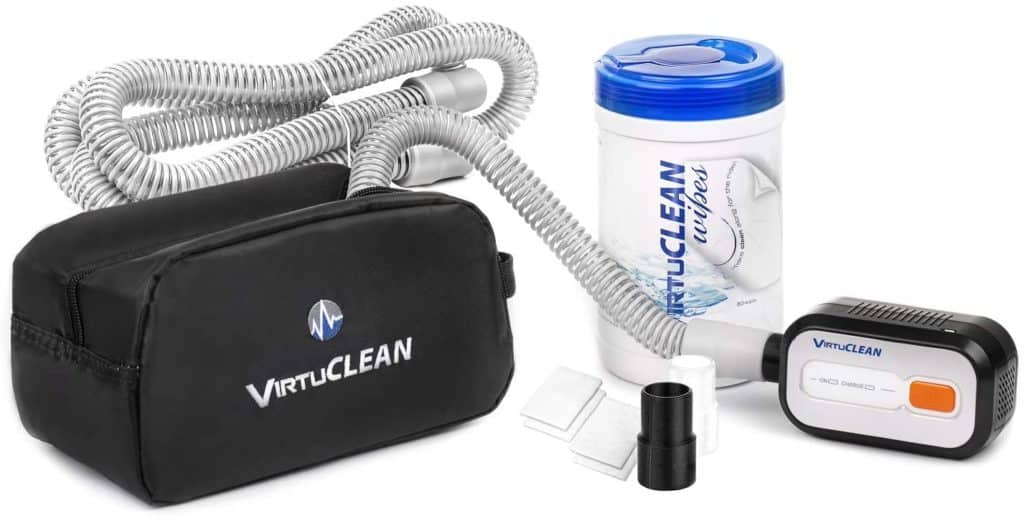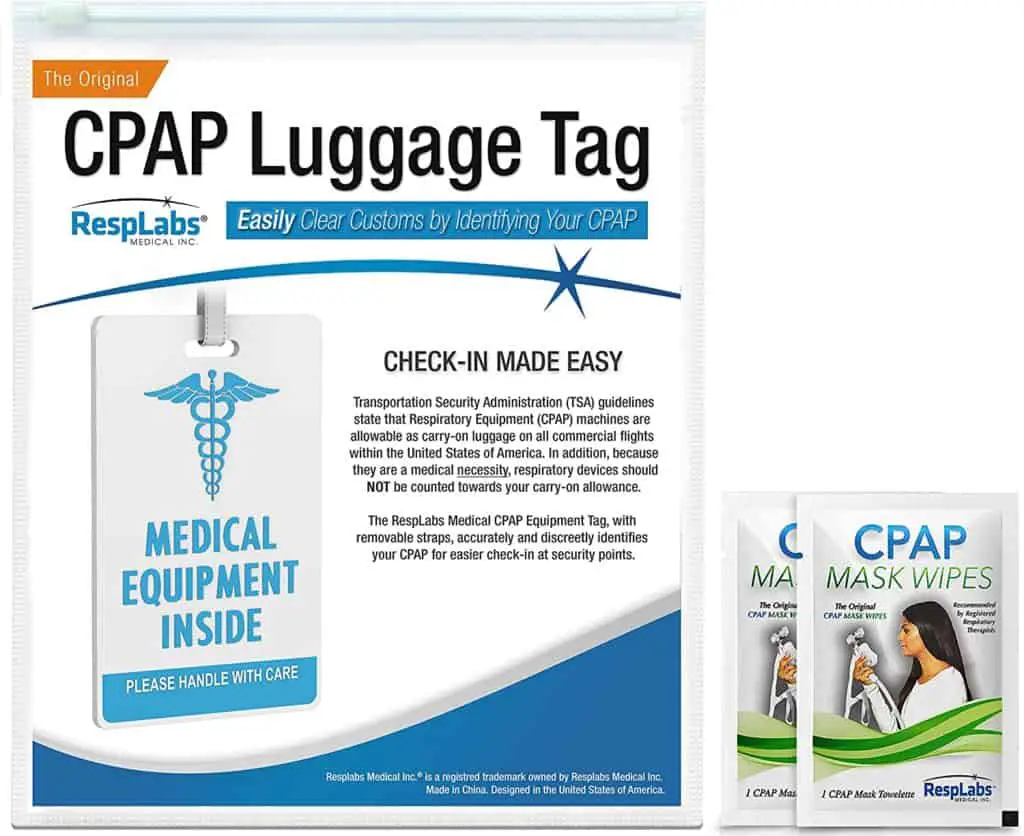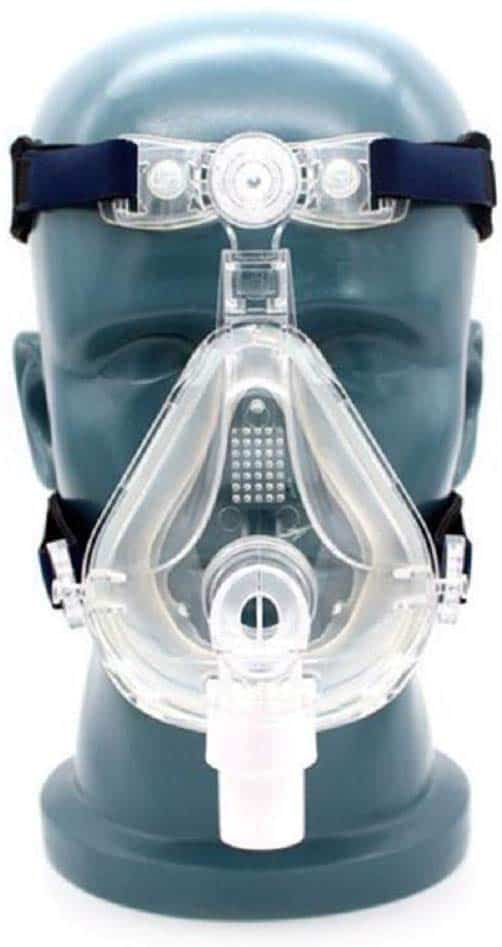How to Keep Your CPAP Machine Clean While Traveling
While having a CPAP machine and cleaner can make your daily life more healthy, traveling with these items to maintain that level of health on the road can be stressful and daunting.
Nevertheless, the benefits outweigh the stresses. With the tips we have laid out below, you should find traveling with your CPAP and your CPAP cleaner far more manageable.
CPAP Device Study – Should You Bring Your CPAP When Traveling?
Continuous Positive Airway Pressure (CPAP) is a breathing aide widely used to treat sleep apnea and other sleep disorders. With the outbreak of Covid-19 and incessant eruptions of flu, a well-maintained CPAP equipment can help reduce the spread of disease causing bacteria and germs.
Traveling with a CPAP machine is a fairly common phenomenon. A survey published on The CPAP Shop shows over 80% of people who use the device prefer to travel with it.
Out of this number, 72% carry their machines with them whenever they travel. To answer to this growing call, CPAP manufacturers have devised travel-friendly machines that don’t sacrifice the comfort and efficiency of the full-size CPAP machines.
It is important to note that majority of CPAP users who do not carry their machine decry the weight or size of the machines. The travel CPAP machine is generally smaller and compact shaped. Some designs don’t feature humidifier tanks.
Not wanting to travel with your CPAP? Check out our Guide to Renting A CPAP Machine!
Tips for Traveling with a CPAP and CPAP Cleaner
Traveling with CPAP equipment on a plane requires proper planning to guarantee speedy and seamless transfers.
According to Best CPAP Cleaner, here are 7 tips for traveling with the device:
1. Avoid placing your CPAP equipment on the checked baggage
It is not advisable to place your CPAP machine on the checked baggage when traveling as it may be delayed due to logistic reasons. Having the on the checked luggage will also increase the risk of losing the equipment. The smart thing to do is tag the device along. CPAP equipment’s are classified as medical devices, so airport authorities will not count it as a carry-on luggage.
2. Expect Stringent Airport Security
The CPAP machine should be packaged right for travel. While at the airport, expect the security personnel to perform an X-ray scan alongside explosive trace detection where applicable.
You will likely be asked to remove the device and place it on the screening belt to facilitate the process. As a precaution, the CPAP mask and tubing should not be X-rayed to prevent potential damage.
One way you can make your check-in through security a little easier is to carry your CPAP in an travel case that is also easily labeled. Transparency is key when getting through security.
3. Carry An Extra Filter and Sleep Cushion
Carrying additional filter and mask cushion is highly recommended because these items may get lost on the way. In case you lose the items, you don’t have to worry about finding a replacement. Some replacement parts purchased from unauthorized resellers may be of poor quality and ill fitting.
4. Remember To Pack Your Adapters and Plugs
If you are traveling internationally and will be away for some time, remember to carry your adapters and plugs. These accessories will make it possible to use the device at different places.
5. Make Sure the Humidification Chamber Is Fully Emptied
The humidification chamber must be emptied before traveling with the CPAP machine to prevent spills and other damages that may be caused by water spillage.
6. Carry your CPAP prescription
Remember to carry your CPAP equipment prescription whenever you go on a trip. The prescription will come in handy whenever the equipment breaks down unexpectedly.
7. Pick your CPAP cleaning supplies For Traveling
Keeping the CPAP machine clean is crucial for preventing the spread of germs and bacteria while ensuring the device works efficiently. An efficient cleaning device like the VirtuClean CPAP cleaner down below is easy to use and transport.

The sanitizing device does not need soap, cleaning solution or water to operate. The device comes with a sanitizer bag to help you clean the mask while traveling. You can check out the VirtuClean CPAP cleaner on Amazon.
Easy ways to clean your CPAP Equipment
Cleaning the CPAP equipment in a regular basis is highly recommended as it helps prevent potential problems like allergy symptoms, exposure to bacteria and mold invasion. A thorough cleanup will also keep the equipment free of odor and prevent untimely breakdown.
Read: The 5 Best Portable CPAP Cleaners
According to Verywell Health, some of the supplies you need for cleaning your CPAP equipment include:
- Soft piece of clothing
- Vinegar
- Clean towel
- Dish soap
- Basin or a small wash tub
- Warm water
A mild, antibacterial soap is preferred for the cleaning exercise. Vinegar is highly recommended because it is a natural disinfectant and an essential household product. Before cleaning the equipment, you will first disable it by disconnecting the batteries or power source.
According to Capital Health the following tips will help you clean the different components of the CPAP equipment:
Mask
The mask is a contact equipment, which requires thorough cleaning. The equipment should be washed in warm soapy water every single day. Rinse it and allow it to air dry.
If you don’t want to spend the time involved in manually washing and drying the mask, you can also use mask disinfecting wipes to keep your mask clean. These come in travel-sized packages to minimize the amount of supplies you’ll need to bring with you.
The mask should also be disinfected at least two times a week using a solution containing three parts water and two parts vinegar. Patients suffering from upper respiratory infection or have Cold and Flu should ensure the mask is disinfected daily. As a precaution, the mask should not be cleaned using alcohol or a dishwasher. Check out the CPAP replacement mask on Amazon.
Headgear
The headgear is an important component, which needs to be washed using mild detergent at least two times a month. Before the devise is reused, allow it to air or sun dry naturally in a clean setting. The headgear alongside the mask should be disposed and replaced every 6 to 12 months.
Tubing
Due to exposure to germs and dirt flowing freely in the air, the tubing should be disinfected on a weekly basis. This should be done by soaking in a solution made up of two parts white vinegar and three part water. After the soaking, rinse the equipment and air dry. The CPAP equipment tubing may need to be replaced after 1 to 2 years of service.
Humidifier chamber
The humidifier is a key component of the CPAP equipment. To clean the humidifier chamber, empty the unused water on a daily basis. The equipment should be washed in mild, soapy water and rinsed after cleaning.
For your monthly cleaning routine, soak the equipment in solution containing two parts white vinegar and three parts water. Allow the humidifier chamber to soak for 30 minutes before rinsing in warm water. Due to the nature of its construction, the humidifier chamber often lasts longer, but may need to be replaced within a time frame of 1 to 3 years.
Washable and Disposable Filters
Ccleaning the washable filter is easy, all you need to do is rinse the filter in plain water at least once every week. Before reattaching the component, allow it to dry out. If you are using a disposable filter, make sure it is replaced every month.
This should be done before dirt or murk settles on the equipment. A good quality disposable filter will last about 6 months before it is replaced. The filters should ideally be replaced within a 6 month cycle.
In Conclusion
Traveling with your CPAP can be made easier by planning ahead and taking only what you need. With this guide we hope that you’ll find your next trip with your CPAP much easier.


